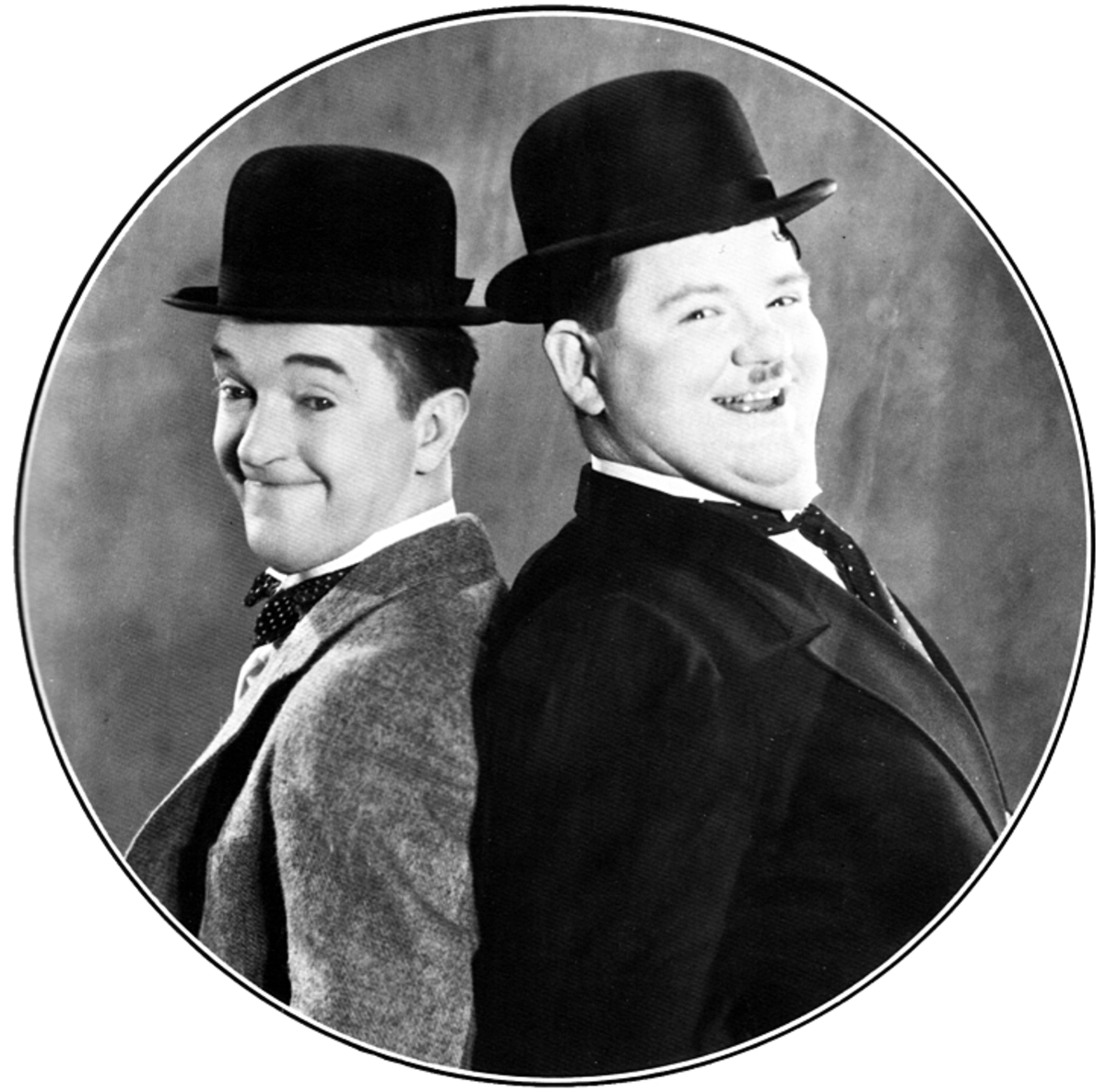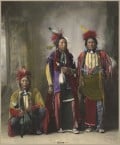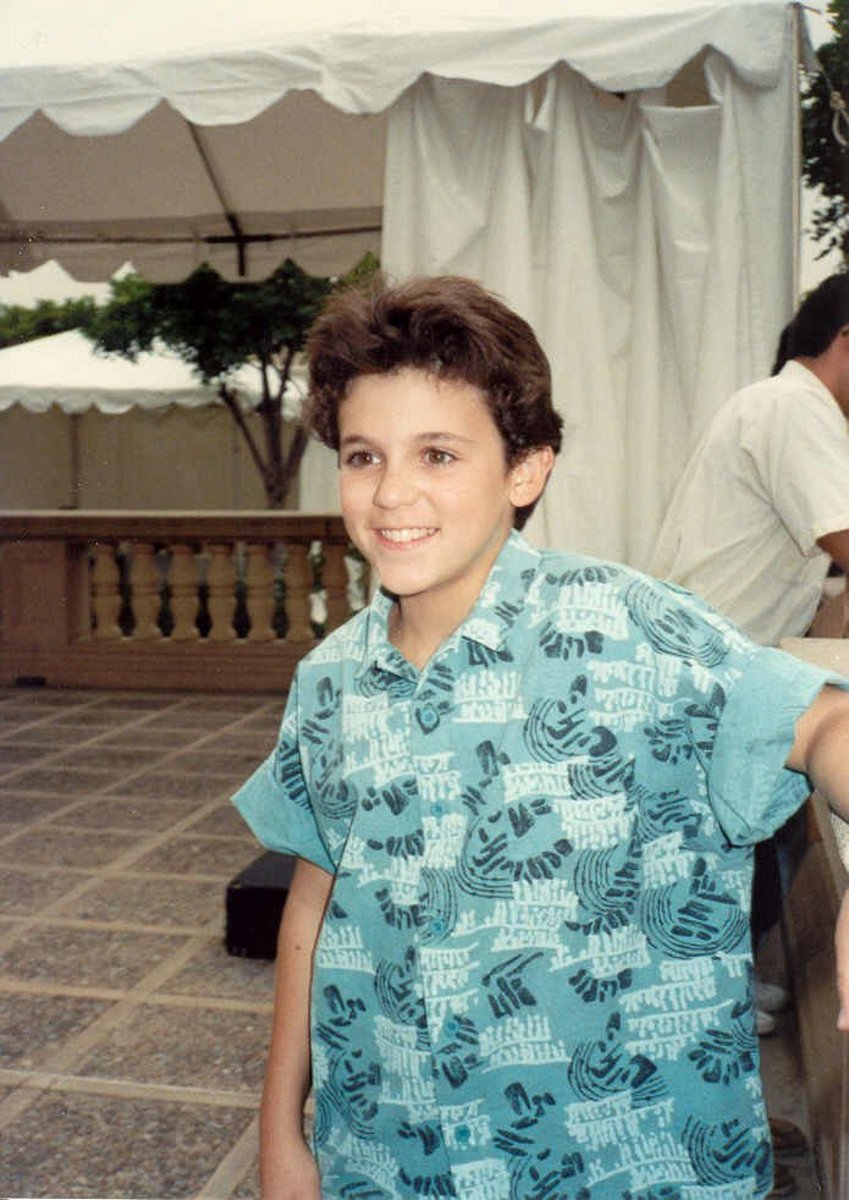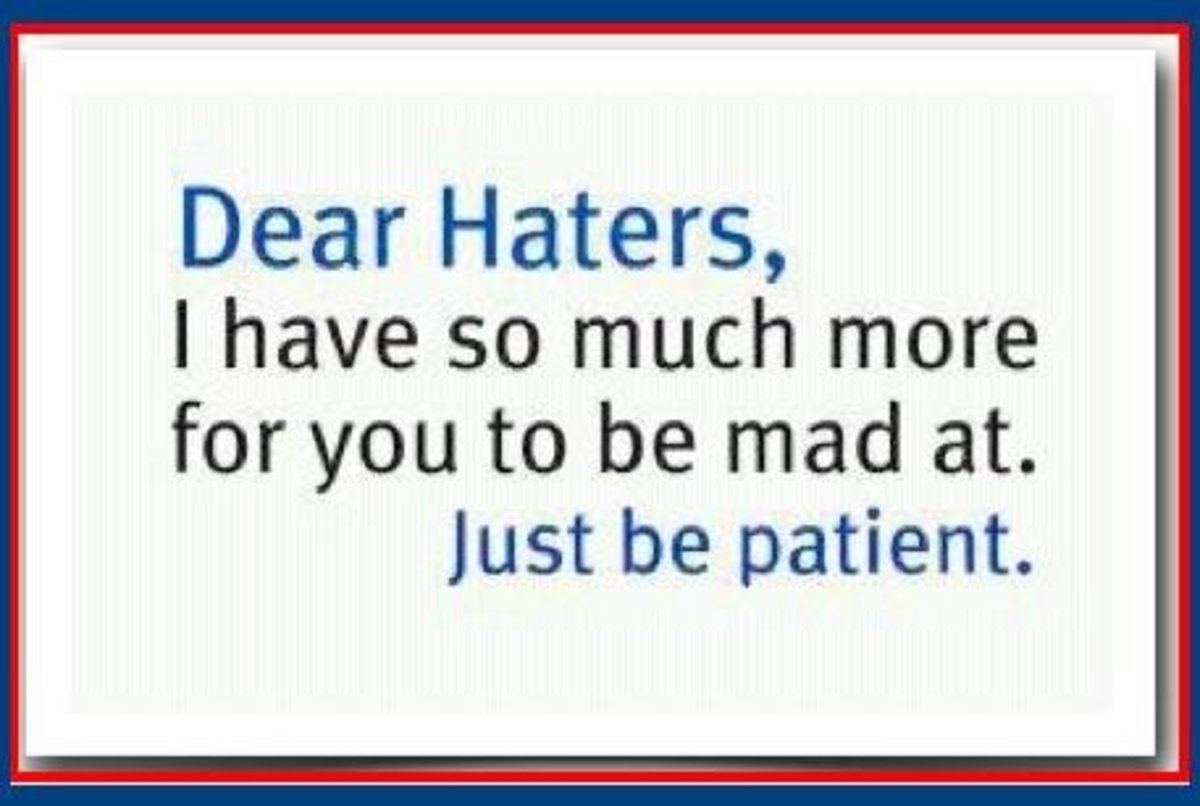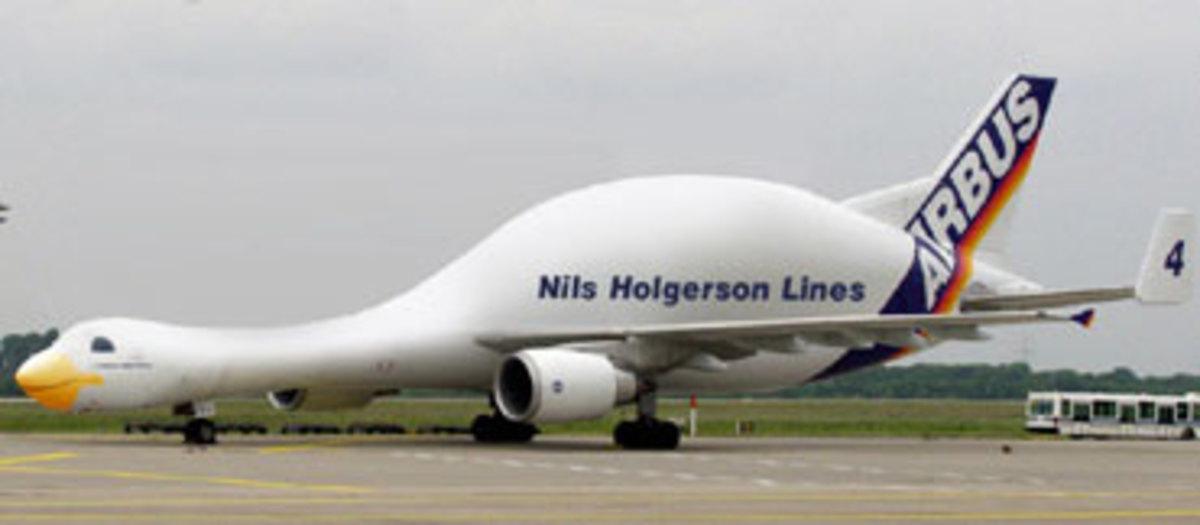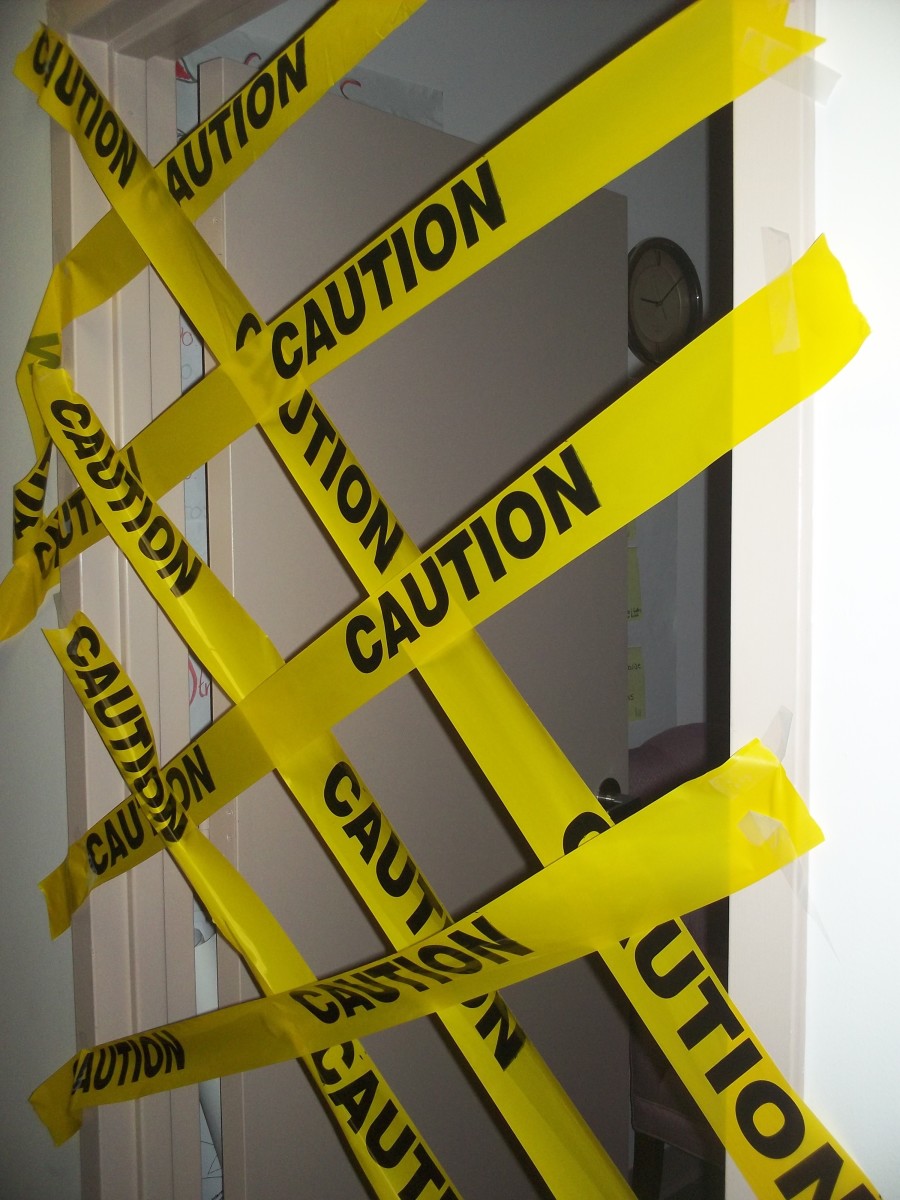Laurel and Hardy On Home Video
I rediscovered Laurel & Hardy in 1987, the same year I purchased my first VCR. I had seen the duo many times before. As a kid my father had bought a few of their silent films on super 8 which we watched along with our home movies whenever we broke out the projector. Their sound films occasionally aired on television, but nowhere as much as the Universal Abbott & Costello films. And for a while there was a show with their silent films called Laurel & Hardy Laughtoons that aired around the early 80s that seemed to air only when the baseball game was rained out. But I never appreciated them as much as I did when I first started watching The Laurel & Hardy Show, a 90 minute syndicated series from Hal Roach that aired their shorts and feature length films. I can not remember what made me begin to start watching the show, which aired around 9:00 am every Sunday morning. Once I had graduated from Sunday School I used that day to sleep late. Perhaps I was up to tape the Warner Brothers cartoons that aired around 8:00 on another channel. Like I said, I had just purchased a VCR, the reason being so I could tape and preserve the television shows I loved that would otherwise air sporadically in reruns and sometimes go away forever once the station that aired them lost the broadcast rights. Now for the first time I was watching Laurel & Hardy as an adult and actually paying close attention to their performance. And perhaps I was watching their best comedies for the first time. I began to tape and keep many of the films shown in the series when it stopped airing on a weekly basis.
I had a Laurel & Hardy book that had a list of all their movies, and I vowed to own them all. Around that same time their films were just starting to come out on home video at $60 per tape. But a few years later the company which was releasing them, Fox Hills, went bankrupt and their stock was dumped onto the market at $10 a tape, something that I could finally afford, and did buy. Laurel & Hardy first entered the home market when Blackhawk Films began releasing their silent films in Super 8 format. And for those who could afford 16mm projectors and film stock Blackhawk had most of their talkies. ( you could also buy many of their sound films as silent super 8 with subtitles added by Blackhawk, as well as 16mm prints of their silents. ) VHS was more convenient. You did not have to spend five minutes threading the film into a projector, and there was no breakage or the dreaded freeze and melt after repeated viewings. And it was on your television, not on a screen you had to set up. While Blackhawk did begin releasing films on VHS and Betamax during the 80s, these were all on a mail order basis. Blackhawk began selling movies long before there was any such thing as film restoration. If they wanted to release a movie they needed to buy or borrow a copy of the film from a collector, otherwise they had the release rights but no print of the movie to release. Periodically a better copy of a movie from another archive or collector would be found and they would update, mentioning in their catalog that they now had a better or longer version of the movie in question. Those who could afford to would update, replacing their old Blackhawk copy for the better version. By the 1980s Blackhawk had the best collection of Laurel & Hardy films commercially available.
Fox Hills released videos under the logo of The Nostalgia Merchant. Here they released old movies, many which were in the public domain. In 1987 Nostalgia Merchant decided to release all the Laurel & Hardy sound films produced at Hal Roach studios. The problem, as it was with Blackhawk, was finding prints to copy onto video. Michael Agee had run into the same problem over at Hal Roach studios. Roach had sold the studio to his son in 1955 so he could retire. A few years later the studio went bankrupt and Hal Jr. was forced to sell it. The new owners gradually liquidated the assets, selling off the film library and eventually the property itself which was bulldozed by developers. By the time Roach Sr. regained his studio in the 1980s it was a studio in name only with no physical studio or film library whatsoever, but at the least regained most of the copyrights to the movies. In 1976 Richard Feiner paid Roach for the exclusive worldwide broadcast rights to his silent films, a 10 year contract that Feiner had the option of renewing for another 10 years in 1986. Feiner had bought a library of rare Laurel & Hardy silent films in 1968 which he planned to use for a television series co-produced with Hal Roach called Laurel & Hardy Laughtoons. He even managed to track down the first reel of the long lost Battle of the Century ( 1927 ). By the mid 80s Feiner owned the best library of silent Laurel & Hardy films ( as well as their solo work ), but was at odds with Hal Roach who wanted to produce another syndicated Laurel & Hardy series that would use the silents but would not involve Feiner. Roach tried to block Feiner from renewing the broadcast rights, which eventually lead to a court case in 1988. Roach hired Michael Agee to track down good prints of the Laurel & Hardy sound films for the new syndicated show The Laurel & Hardy Show, a number of which he obtained from the Library of Congress. In the process Agee discovered a lost reel from Laughing Gravy ( 1931 ) and a longer version of Pardon Us ( 1931 ) as well as uncut prints of many shorts that still had the original opening title sequences.
Roach did not share these new prints with Nostalgia Merchant. On their own they tracked down their own prints from such sources as Blackhawk and Film Classics. Quality was uneven, but at the time represented the best available for home video, even surpassing the combined quality of Blackhawk. Along with a number of Laurel & hardy feature films Nostalgia Merchant released volumes of their shorts, nine volumes in all. Had they released a tenth volume then they would have completed all 40 of Laurel & Hardy's sound shorts. But they were unable to obtain the sound prints of They Go Boom ( 1929 ) or Unaccustomed As We Are ( 1929 ). Another short, The Hoosegow ( 1929 ) was released on a tape called Hal Roach Comedy Classics Volume One which also included a Harry Langdon short called The Head Guy ( 1931 ), A "The Boy Friends" short High Gear ( 1931 ) and a Charlie Chase short On The Wrong Trek ( 1936 ) which featured Laurel & Hardy in a brief cameo as hitchhikers that Chase refuses to pick up. No Volume Two was released by Nostalgia Merchants. Fox Hills went bankrupt shortly after the movies were released.
Back at Roach Studios, Agee began working on colorizing the Laurel & Hardy films, the idea that by doing this they could get major video companies to release them. A deal was worked out with the Samuel-Goldwyn Company to syndicate Babes in Toyland ( 1934 ) ( aka March of the Wooden Soldiers ) as well as distribute it on home video. Cabin Fever released the colorized Way Out West ( 1937 ) and in 1991 release a number of their colorized shorts , each on individual tapes. That same year Video Treasures began releasing the original black and white versions of many of their shorts and movies with source material from Roach studios. Some of the tapes included exclusive home movies supplied by Stan Laurel's daughter as bonus features. As part of the Video Treasures collection was the movie Zenobia ( 1939 ), a film made at Roach studios the year that Stan Laurel left but Oliver Hardy was still under contract and remained behind. Roach had planned a series of movies teaming Hardy with Harry Langdon, but after Zenobia was released Laurel agreed to return to Roach Studios for the duration of Hardy's contract and make more Laurel & Hardy films. Zenobia had previously been shown as an episode of The Laurel & Hardy Show. M.G.M. owned rights to a few of the Laurel & Hardy films which they released along with Laurel & Hardy's Laughing 20s ( 1965 ), a compilation movie put together by Robert Youngson. Six of their films were made at 20th Century Fox, although the studio only released three of them on VHS. The Flying Deuces ( 1939 ) and Atoll-K ( 1951 ) were public domain, and therefore released by several small video companies.
Roach Studios went bankrupt again in 1990. When it was once again reorganized Agee decided he wanted to begin restoring the entire silent library, something previously off limits due to the lawsuit with Richard Fiener. Unable to find any syndication companies or cable networks interested in airing the silent films, Fiener agreed to sell his library and the home video rights to Agee so he could release them on home video. Once again Agee searched the world for the best existing prints of the silent films, and began restoring them by combining films from different sources. In 1993 he began releasing his work on home video beginning on laserdisc through Image with The Lost Films of Stan Laurel and Oliver Hardy: The Collector's Edition which included two shorts, Big Business ( 1929 ) and Liberty ( 1929 ). In an interview Agee justified the name of the disc saying that the silent films had been unavailable for so long ( actually less than a decade ) and had never been released on home video. At the time there were actually two Laurel & hardy films considered lost and prints were just rediscovered, Duck Soup ( 1927 ) and Why Girls Love Sailors ( 1927 ). Neither were included in any of the volumes of The Lost Films which only ran for 4 volumes. Agee wanted to release the films as he completed each restoration, holding back films where there was the possibility that a better print existed and could be used. Simultaneously he was releasing another series on Laserdisc, Stan Laurel & Oliver Hardy and Friends. Volume One had the sound short They Go Boom released on home video for the first time, and the silent Two Tars ( 1929 ). It also included two Our Gang shorts, Schools Out ( 1930 ) and Bear Shooters ( 1930 ). Laurel & Hardy and Friends outlasted the Lost series running for seven volumes. Part of the reasoning for abandoning the Lost series was that Agee had begun finding better copies of films already released, as well as lost Vitaphone music and effects tracks. Agee also wanted to release other films to laserdisc that would only happen if they were included with Laurel & Hardy. The final volume released in 1997 included Do Detectives Think ( 1927 ) and a freshly remastered Big Business from newly found source material. It also included the Stan Laurel solo film Oranges and Lemons ( 1923 ), Two shorts from R.K.O., Motor Maniacs ( 1946 ) with Edgar Kennedy, and The Wrong Room ( 1931 ) with Leon Errol, Veronica Lake and Eddie Dunn. there was also the Hal Roach All Star short Mixed Nuts ( 1934 ).
With the coming of DVD retail stores stopped selling laserdiscs. Agee was forced to abandon his laserdisc series and instead began to release a DVD series in 1998 through Image called The Lost Films Of Stan Laurel and Oliver Hardy: The Complete Collection. Starting fresh Agee was able to once again include upgrades in the volumes. But for those who had already purchased the laserdiscs they had no choice but to buy the DVDs, each volume that had at least one short that was not yet released before. Volume one had the upgraded Big Business, Do Detectives Think, The Finishing Touch ( 1928 ) and the Max Davidson short Call of the Cuckoo ( 1927 ) that featured Laurel & Hardy with Charlie Chase in a cameo as inmates at an insane asylum. There were also two Stan Laurel solo films, On The Front Page ( 1926 ) and Hustling For Health ( 1918 ). Ten volumes were planned but only nine were released. Agee was unable to locate Hats Off ( 1926 ) although has recently hinted that he may know where a copy is located. Volume Nine released in 2000 had You're Darn Tootin ( 1928 ) Battle of the Century which Agee had hoped to locate a complete second reel before he reached the final volume, Why Girls Love Sailors ( 1927 ) and Wandering Papas ( 1927 ), a film directed by Laurel and featuring Hardy. It also had two Charlie Chase shorts, Mighty Like a Moose ( 1926 ) and Mum's The Word ( 1926 ). Agee had prepared a 10th volume which would have included Hats Off and the complete Battle of the Century. Once Agee realized that he would not be able to release those films or convince Image to hold up production for a few years just in case, he decided to release the tenth volume as the stand alone DVD Laurel and Hardy and Friends, although the menu on the disk still says that it is Volume 10 of the Lost Film series. The movies on that disc included a fully restored sound short Be Big ( 1930 ), the all star film they had a cameo in, The Stolen Jools ( 1931 ), a Charlie Chase short Whispering Whoopee ( 1930 ) and three Our Gang shorts, Schools Out, Bear Shooters and Our Gang Follies of 1938. A complete box set of all the volumes was planned, but after Agee was hospitalized Image decided to cancel it and stop printing any new copies of the existing ten volumes.
Laurel & Hardy fans looking to expand their home video collections to include the sound films were glad to hear that in Germany a restoration project was taking place on every Laurel & Hardy film which would not only include the best existing source material but digital restoration of picture and sound. What they did not count on was Hallmark, the company that bought RHI Entertainment. RHI had merged years earlier with Hal Roach Studios and now owned the distribution rights. Not caring about where they got their source material from, Hallmark began releasing DVDs of Laurel & Hardy in 2003 using prints mastered for the Laurel & Hardy Show that included the fade outs for commercial breaks. They also used the old Nostalgia Merchant tapes as source material. They saw no reason to pay for the restored masters from Europe, which were just being released in the UK through Universal. Fans looking for the restored prints were forced to pay import prices for the European box set as well as buy a region 2 DVD player that could further convert the video from PAL to NTSC. Years of complaints to Hallmark has finally paid off with the announcement that the restored Laurel & Hardy films will be released this October 25, a box set called Laurel & Hardy: The Essential Collection.
What does the collection have? Perhaps it is better to ask what films are missing from the set. It does not have any of the silent films. Michael Agee had created a 12 disc box set The Lost Films of Laurel and Hardy: The Definitive Edition for Image which included everything from both the laser disc and DVD editions, some improvements to the restorations, and some films that neither collections had. When Image decided not to release the box set Agee decided to release it on his own on a made for order basis, and is still looking for a major distributor for a wide release. Films made for M.G.M. Studio are also missing, presumably because Warner Brothers, who currently hold the U.S. video release rights to everything in the M.G.M. video and film library, would not give RHI the rights to release them. This included appearances in Hollywood Review of 1929, Hollywood Party ( 1934 ), as well as the still missing Rogue Song ( 1930 ). It also includes two post Roach films made for M.G.M. studios, Air Raid Wardens ( 1943 ) and Nothing But Trouble ( 1944 ). And in addition, three Roach feature films, The Devil's Brother ( 1933 ), Bonnie Scotland ( 1935 ) and a film Laurel & hardy guest appeared in, Pick A Star ( 1937 ). Those last three films Roach was forced to give to M.G.M. as part of an out of court settlement when the studio sued Roach for switching distributors in 1940. Warner has released all of the Laurel & Hardy footage they own on DVD. A box set called TMC Archives: The Laurel and Hardy Collection has The Devil's Brother and Bonnie Scotland as well as the isolated guest appearances in Hollywood Review of 1929, Hollywood Party, and Pick a Star, as well as the only known existing scene from Rogue Song Two other Roach studio films missing from the set are Babes In Toyland, the distribution rights owned by the Samuel Goldwyn Company, and a Hardy sound film without Laurel, Zenobia. And two independent productions starring Laurel and Hardy which are now in the public domain are not included in the box set, A-Toll K and Flying Deuces which were not part of the European restoration. ( The European set also skipped the M.G.M. owned films and Babes in Toyland for the same reason they are not included in the US set )
The set is also missing all the films made at 20th Century Fox, Great Guns ( 1941 ), A-Haunting We Will Go ( 1942 ), Jitterbugs ( 1943 ), The Dancing Masters ( 1943 ), The Big Noise ( 1944 ) and The Bullfighters ( 1945 ). Fox is currently releasing them on their own box set collection. There are many foreign language versions of their films in the set, but not all of them. For example, it does not include the Spanish version of Pardon Us. This is probably because they wanted to keep the set down to 10 discs rather than an extra couple of discs which would have raised the selling price $25 or more dollars. The ones that are included represent the versions that deviated from the American version significantly. ( I would have argued that Pardon Us fell into that category, but this set includes the long English language version where Agee edited back in scenes cut for the U.S. release ) The colorized versions of some of the films that were included in the European set are not present here. Perhaps another decision to keep the retail price as low as possible, but more likely because American Laurel & Hardy fans do not care much for colorization.
There is also no conformation that the follow will be included in the set...On The Loose ( 1931 ) where they show up at the very ending of this Thelma Todd and Zasu Pitts short for a fade out gag, Wild Poses ( 1933 ) where they briefly appear as babies in an Our Gang short, and On The Wrong Trek ( 1936 ) where they appear briefly as hitchhikers in a Charlie Chase short. The all star charity short Stolen Jools that has them for twenty seconds in a collapsing car, Tree in a Test Tube ( 1942 ) the industrial film that features them for five minutes pulling wood based products out of their suitcase, and Grand Hotel ( 1932 ) which is the generic name given to the silent newsreel covering their visit to the UK are also not listed ( but can be found as extras on may other discs including the Fox box set ). Nor is the recently discovered Galaxy of Stars ( 1936 ), the M.G.M. promotional film featuring a few minutes of Laurel & Hardy with Finlayson performing original material as janitors cleaning a telescope before showing clips from upcoming M.G.M. movies. The final disk will have something called Guest Appearances, but at the time I am writing this I can not say if will include the movies just mentioned ( or at the least the isolated scenes they appeared in ). There is also no conformation that their home movies nor the gag reel That's That will be included or not. ( Doubtful on That's That, the only existing copy in the hands of Stan Laurel's estate where currently they wish to keep it private ) Fortunately most of the missing films I have mentioned are already available on DVD in other sets, and if you are a Laurel & Hardy fan, you already own them. An improvement over the European discs is that the moives will be presented in chronological order.
UPDATE
The box set was officially released this Tuesday, and the reviews are in. The good news, it is reported that the quality of the films are even better than the initial European release. As reported, every single film has the original M.G.M./Roach Studio credits and logos. And better news, "On The Wrong Trek", "Wild Poses" and "On The Loose" are all included as part of the bonus disc. That is every sound short that Laurel & Hardy appeared in at the Roach studio in one collection. The bad news, the packaging. The current packaging has the discs shoved into tight sleeves that resemble pages of a book. Critics of the packaging complain that it is almost impossible to remove the discs without creating scratches on the DVD surface. Some have even claimed that their discs had significant scratches on some of their discs. Nearly all DVD players are capable of playing scratched discs, Netflix would have gone out of business years ago if scratched discs no longer played, but for the collectors who want pristine sets this is bad news.
Just Beginning Your Laurel & Hardy Library?
Here is what you should buy, aside from the Essentials Collection. The TMC Archives Laurel and Hardy Collection offers both Bonnie Scotland and The Devil's Brother ( Fra Diavolo ). Not the best films made at Roach Studios, but they have their moments. The set also includes as a bonus their entire guest scenes from Hollywood Review of 1929, Hollywood Party, Pick a Star and the only known fragment of film with Laurel & Hardy in the lost musical Rogue Song.
The MGM Home Video release of March of the Wooden Soldiers ( Babes In Toyland ) is considered the best restoration, and the only one that can legally show the entire original opening credits. MGM has gone through bankruptcy, so while the DVD is still in stock, it is also out of print, so buy it before the stock runs out.
Keno offers the best restoration of Flying Deuces, however many agree there could be some slight improvements, such as bits of the credits still missing.
For the post Hal Roach years Fox offers two volums of The Laurel And Hardy Collection while Warner Brothers has the budget double feature of Air Raid Wardens and Nothing But Trouble. All DVDs so far mentioned offer the best available prints. Unfortunately you can't say the same for Atoll-K which is currently unrestored and only commercially available as the US edit Utopia, copies of which are so cheap that you may as well randomly pick any release. Be warned, Laurel looks like he is near death in this movie which ruins much of the movie. Also take note that all of the post Roach films are nowhere as funny as their earlier work. Most Laurel & Hardy fans tend to ignore anything made after 1940.
For the silent films, you will either pay hundreds to buy the out of print Image discs, or wait a year or two for their anticipated re-release. With Agee hinting that he knows where a copy of Hats Off is, and Battle of the Century still abridged, aand the first reel of Now I'll Tell One ( 1927 ) still missing, it may be better to wait a couple of years for a possible complete set.


